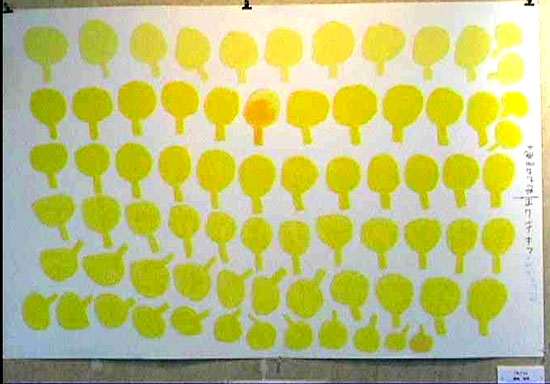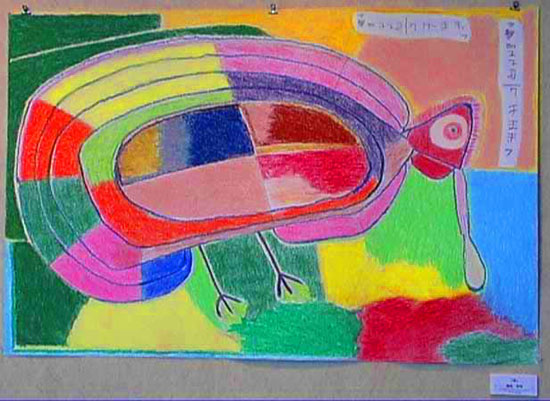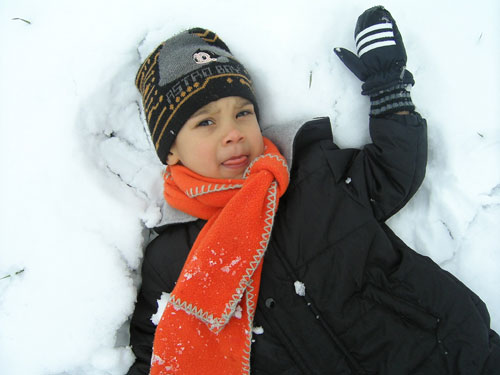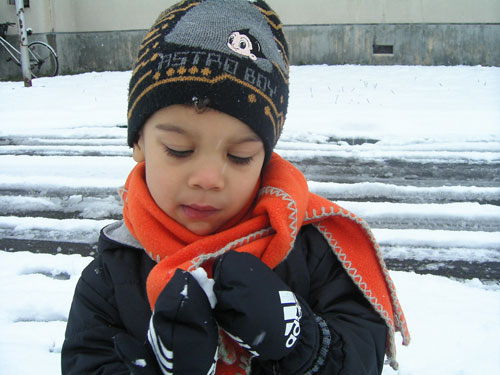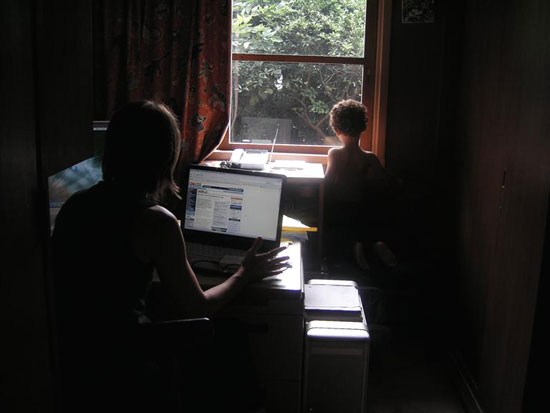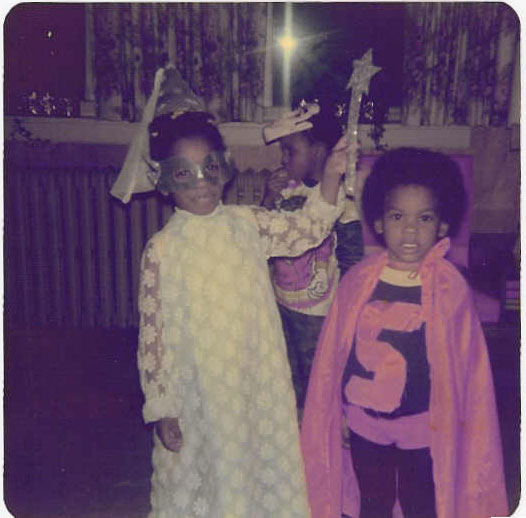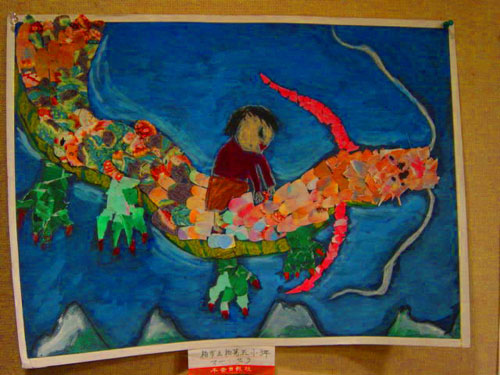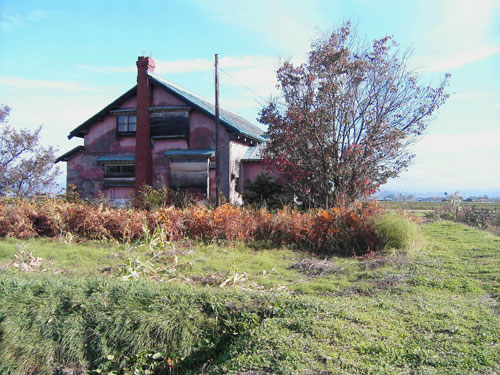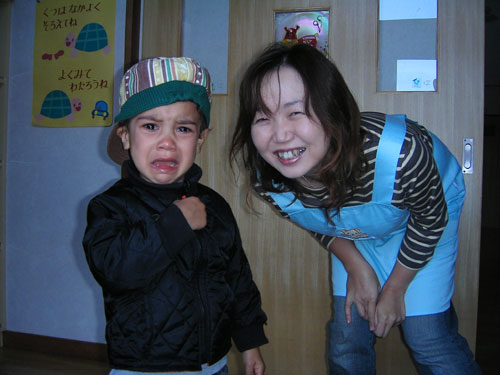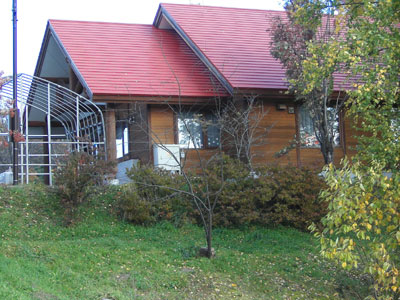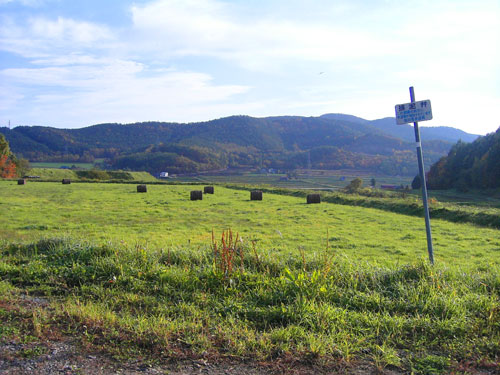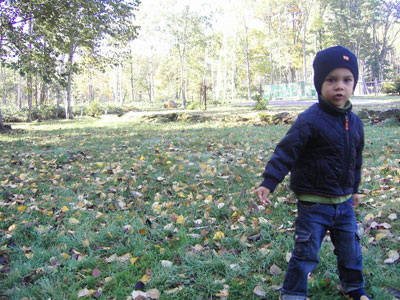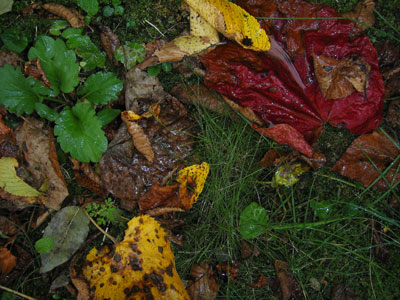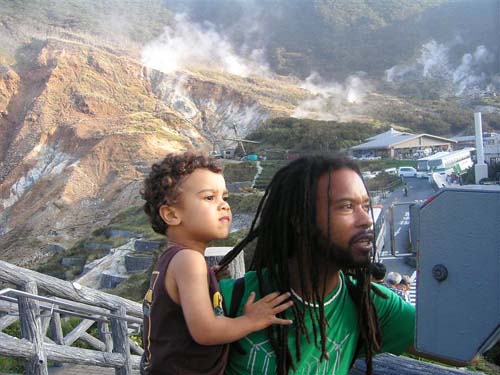
For the first time in late September I saw a place where hot spring waters are harvested for the many hotels dotting the Mt. Fuji landscape. The scene looked like my Catholic childhood imagination of Hell: yellowy scarred stains next to smoldering thick pools of spoiled oatmeal, yellowish-white fumes twisting and groaning like ghosts, the entire mountain side was shaved and carved into a wasteland, and finally, the omnipresent sulfurous smell lingered on our skin and hair until we bathed at night. The smell was similar to Fourth of July gunpowder smokebombs..or of the smell of paper mills in the northernmost Minnesota town where I was born. If you mix in the busloads of tourists devouring black-shelled eggs, you’ll get the gist of this Hell.
Yet, despite the ugliness and desolation, sigh, I admit I love this shot of husband and son looking at Mt.Fuji, while the sulfurous smoke rises in the backdrop.
Yet, it can’t compare to the powerful work of my favorite contemporary photographer, Sebastiao Salgado. For example, his book WORKERS blew me away…though I actually had the chance to see these photos first at an exhibit in Meguro at the Tokyo Museum of Photography maybe 8 years back? He does a lot of work for the UN and has donated his photos to make posters for UNICEF, at CHANGING THE WORLD WITH CHILDREN Campaign, in support of the world’s children.
He wrote, “I hope that the person who visits my exhibitions, and the person who comes out, are not quite the same,” says Mr. Salgado. “I believe that the average person can help a lot, not by giving material goods but by participating, by being part of the discussion, by being truly concerned about what is going on in the world.”
An awakening happened inside me from viewing his work, and I believe it would happen to any warm-blooded human who enters the eyes of the people he photographs. I can never forget the phtoographs of the gold miners in Brazil. All that desolate misery and physical pain for someone else to pocket the profits and then another to wear a gold chain around his/her privileged neck! Makes you think about the insanity of this world.
But his photographs are not meant to fill you with despair, but to fill you instead with anger and courage to demand for the dignity of all people.
He also wrote, “More than ever, I feel that the human race is one. There are differences of colour, language, culture and opportunities, but people’s feelings and reactions are alike.”
Check out his NY Times online exhibit of the Landless workers movement in Brazil (which he actively supports), called TERRA.
We can find a way, people, to get things right, can’t we? On a good day, I hold hands out for hope to settle like a green dragonfly.
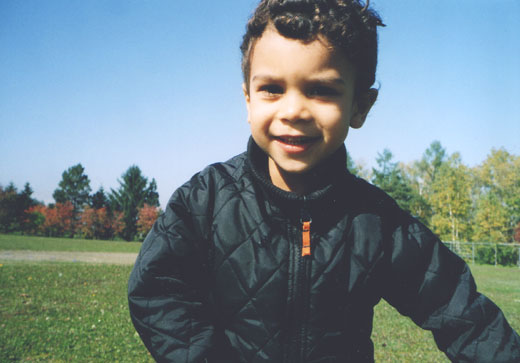
 Painting by me, 2002.
Painting by me, 2002.